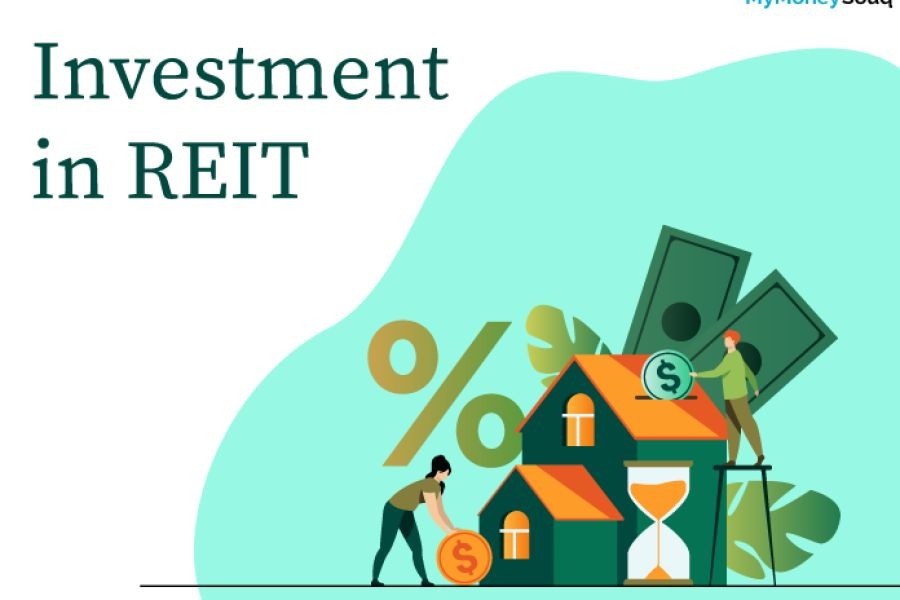Investing in property remains one of the most popular investment avenues in Australia, yet many investors continue to make costly mistakes that could easily be avoided. These errors often stem from a lack of understanding of market dynamics, regulatory environments, and effective investment strategies. This article delves into the six common property investment mistakes Australians make, providing insights into avoiding these pitfalls for a prosperous investment journey.
Understanding Australia's property market
Australia's property market is unique, influenced by diverse factors such as economic conditions, government policies, and regional demand-supply dynamics. According to the Reserve Bank of Australia (RBA), the property sector contributes significantly to the nation's GDP, emphasizing the need for informed investment strategies. The recent report from the Australian Bureau of Statistics (ABS) showed a 7% increase in the housing price index in the past year, highlighting the ongoing demand and the lucrative nature of property investments.
Mistake #1: Neglecting Market Research
One of the most prevalent mistakes is the lack of thorough market research. Investors often rely on hearsay or outdated information, leading to poor investment choices. A 2023 report by CoreLogic revealed that 60% of investors did not conduct adequate market analysis before purchasing property, resulting in lower returns or capital losses.
Solution: Utilize resources like CoreLogic and the ABS for up-to-date data and trends. Attend property seminars and consult with property experts to gain deeper insights into market dynamics.
Mistake #2: Overleveraging
Overleveraging can be detrimental, especially in a volatile market. Many investors are tempted to maximize their borrowing capacity, assuming property values will always rise. However, the Australian Prudential Regulation Authority (APRA) warns against this practice, noting that financial strain during market downturns can lead to asset liquidation at a loss.
Solution: Maintain a conservative loan-to-value ratio (LVR). Financial advisors recommend an LVR of 70% or less to ensure manageable debt levels.
Mistake #3: Ignoring Rental Yield
Focusing solely on capital growth without considering rental yield is another common error. The rental yield is crucial for cash flow, especially if property values stagnate. According to the Real Estate Institute of Australia (REIA), properties with a higher rental yield can provide stable income, mitigating risks associated with market fluctuations.
Solution: Calculate potential rental income and compare it to the property's price to assess yield. Aim for a yield of at least 4-5% to ensure a balanced investment strategy.
Mistake #4: Failing to Consider Location
Location remains a critical factor in property investment. Properties in areas with strong economic growth, infrastructure development, and employment opportunities typically offer better returns. A study by the University of Sydney found that properties in regions with high employment growth had a 30% higher appreciation rate over five years than those in stagnant job markets.
Solution: Evaluate the economic indicators of a location, including employment rates, population growth, and planned infrastructure projects.
Mistake #5: Overlooking Property Management
Effective property management is essential for maximizing returns and maintaining property value. Many investors underestimate the complexity of managing tenants, maintenance, and compliance issues, leading to higher vacancy rates and increased costs.
Solution: Engage a professional property management firm or dedicate time to understanding tenancy laws and maintenance requirements. This ensures property upkeep and tenant satisfaction.
Mistake #6: Ignoring Tax Implications
Understanding tax obligations and benefits is crucial for property investors. The Australian Taxation Office (ATO) provides various deductions and incentives, but a lack of awareness can lead to missed opportunities or compliance issues.
Solution: Consult with a tax advisor to optimize tax strategies, such as claiming depreciation and understanding capital gains tax implications.
Case Study: Smart Investments in Sydney
Problem: A group of investors purchased property in a Sydney suburb without conducting thorough market research, resulting in low rental yields and stagnant property values.
Action: They reevaluated their strategy, focusing on areas with planned infrastructure projects and strong economic indicators. They consulted with property experts and leveraged data from CoreLogic to make informed decisions.
Result: Within two years, the properties appreciated by 15%, and rental yields increased by 3%, providing a stable cash flow and capital growth.
Takeaway: Conducting market research and focusing on strategic locations can significantly enhance investment outcomes.
Future Trends & Predictions
The Australian property market is set to undergo significant transformations in the coming years. With the government's commitment to affordable housing and infrastructure development, regions like Western Sydney are poised for substantial growth. According to Deloitte, the introduction of smart city initiatives will enhance property values in tech-centric areas, offering lucrative opportunities for forward-thinking investors.
Common Myths vs. Reality
Myth: Property prices always go up.
Reality: While long-term trends show growth, short-term fluctuations are common. Investors must be prepared for market corrections.
Myth: Any property is a good investment.
Reality: Location, market conditions, and property type significantly impact investment success.
Myth: Property investment is risk-free.
Reality: Like any investment, property carries risks, including market volatility and regulatory changes.
Final Takeaways
- Conduct thorough market research to make informed investment decisions.
- Maintain a conservative approach to borrowing to avoid financial strain.
- Prioritize both capital growth and rental yield for a balanced investment strategy.
- Choose locations with strong economic prospects and planned infrastructure developments.
- Engage professional property management for optimal returns.
- Understand tax implications to maximize benefits and ensure compliance.
Conclusion
Property investment in Australia offers significant opportunities, but success requires a comprehensive understanding of the market, strategic planning, and effective management. By avoiding common mistakes and leveraging expert insights, investors can enhance their portfolios and achieve long-term financial goals. What's your property investment strategy? Share your experiences and insights in the comments below!
People Also Ask
How can Australians avoid common property investment mistakes? Conduct thorough market research, focus on rental yield, and consult with experts to make informed decisions.
What are the key factors to consider when investing in Australian property? Consider location, economic indicators, and potential rental yield to ensure a sound investment strategy.
How does government policy impact property investment in Australia? Policies on affordable housing and infrastructure development can significantly influence property values and investment opportunities.
Related Search Queries
- Property investment strategies in Australia
- Best locations for property investment in 2024
- How to calculate rental yield in Australia
- Impact of government policies on property investment
- Common property investment mistakes to avoid





























RosalynPal
6 months ago